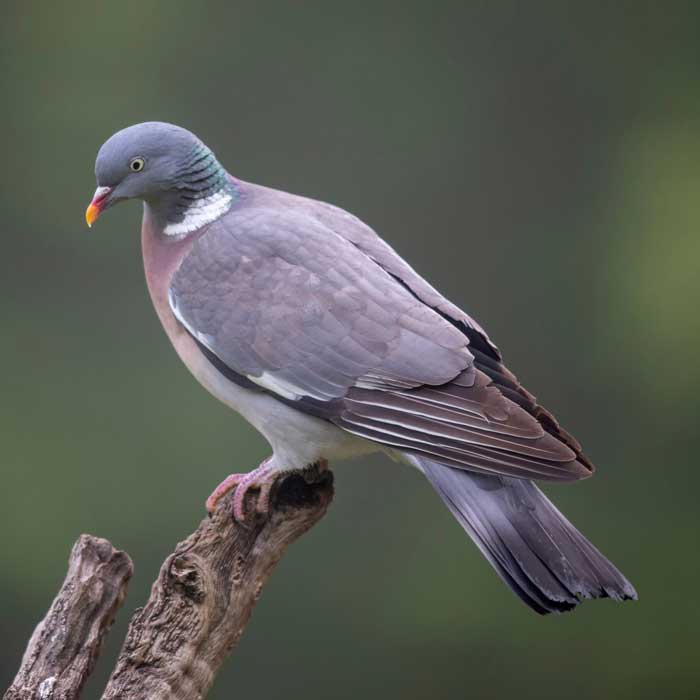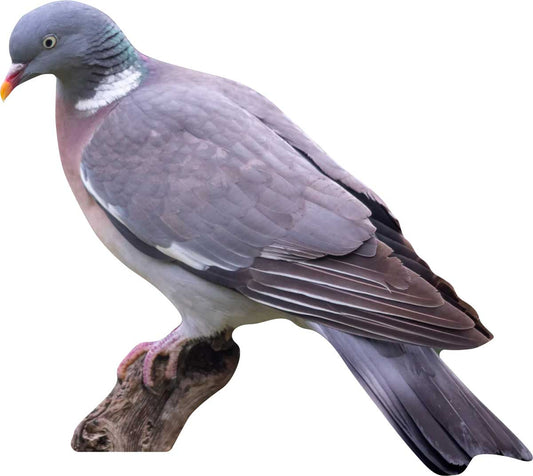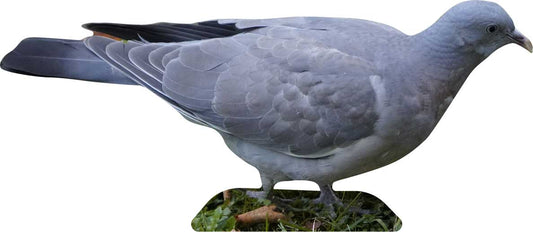
Dove
Pigeons, a diverse group of birds, are distributed worldwide and are often found near human settlements. This fact sheet provides a detailed overview of the biology and ecology of pigeons and highlights the importance of their conservation and coexistence with humans.
Dove Products
-
Animal display stock dove
Regular price From 19,90€Regular priceUnit price / per -
Animal display stock dove - outdoor set
No reviewsRegular price 35,30€Regular priceUnit price / per -
Animal display stock dove
1 reviewRegular price From 29,90€Regular priceUnit price / per -
Animal display stock dove
No reviewsRegular price 29,90€Regular priceUnit price / per -
Animal display stock dove with branch - outdoor set
No reviewsRegular price 25,30€Regular priceUnit price / per -
Animal display stock dove with branch
Regular price From 19,90€Regular priceUnit price / per -
Animal display stock dove - outdoor set
No reviewsRegular price 25,30€Regular priceUnit price / per
Profile: Dove
-
Scientific classification
- Class: Aves (birds)
- Order: Columbiformes (pigeon birds)
- Family: Columbidae (pigeons)
- Genus: Columba (True Pigeons)
- Species example: Columba livia (Rock Pigeon)
-
Physical characteristics
- Size: Body length of 30-40 cm
- Weight: 200-600 g, depending on species and subspecies
- Special features: Compact shape with a strong body, short legs, round wings, small heads and a characteristic cooing sound.
-
Habitat and distribution
- Common regions: Worldwide, except for the extreme polar regions and some isolated islands
- Habitat: Diverse, from urban areas to forests and parks to agricultural land; adaptable to human settlements.
-
Nutrition
- Diet: Omnivorous with predominantly plant-based food
- Typical food: grains, seeds, fruits, berries, but also insects and other small invertebrates.
-
Reproduction and lifestyle
- Breeding season: All year round, varies depending on region and species
- Nest building: In trees, buildings, rock niches or other elevated places
- Egg laying: 1-2 eggs per clutch
- Brood care: Both parents participate in raising the young
- Social structure: Usually in pairs or in larger flocks that search for food and rest together.
-
Lifespan and protection status
- Life expectancy: Up to 15 years in the wild
- Endangered status: Not threatened, but some species suffer from habitat loss and hunting.
- Conservation measures: conservation and protection of habitats, regulation of hunting, promotion of conflict prevention measures in urban areas.







